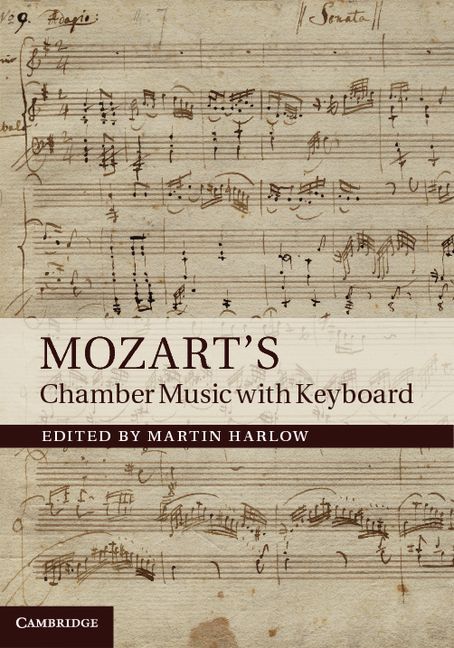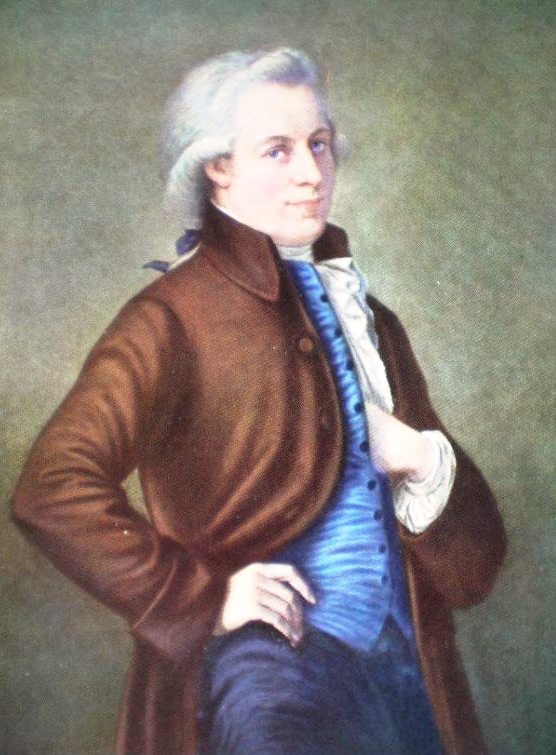Mozart’s Chamber Music with Keyboard
Mozart’s Chamber Music with Keyboard (ed Dr Martin Harlow, Cambridge University Press, 2012) is the first research in English that draws together these works as a corpus, examining Mozart’s music from a variety of analytical, historical and critical aspects.
The book contains a collection of essays by some of the most noteworthy Mozart scholars from Europe and America, edited by Harlow. These authors highlight the significance of these works in Mozart’s life and in the context of other examples for their media; the compositional challenges that Mozart faced in developing effective engagement between instruments of contrasting sonorities; his sometimes astounding and innovative solutions to these potential problems; a number of the many issues regarding performance practices of the period; and implications for contemporary players and audiences.
The new lines of questioning which concern the generic placement of this corpus of Mozart’s oeuvre run as a trace throughout the essays in this edited volume, questions which were formulated at the 2008 international conference on the subject, held at the RNCM. The resulting outcomes elicit a first intensive study of this corpus and a significant reappraisal of individual works therein.
Chapter 1, ‘The Chamber Music with Keyboard in Mozart Biography’, sets the tone, examining biography as a new area for musicological discourse, and assessing the line of biographies of Mozart as powerful determinants in the musical reception of the disparate works which make up the body of his chamber music with keyboard. Through this case study biography is shown to shape critical, performer and listener experience. The hitherto unrecorded generic ambiguities around Mozart’s quintet K.452 are highlighted in a close reading of this work in Chapter 10, ‘Action, reaction and interaction, and the play of style and genre in Mozart’s Piano and Wind Quintet, K.452’, where our modern reading and hearing of the work is conditioned by acculturated misconceptions historical, stylistic and generic.
The essay offers paradigms for application to other Mozart repertory, and other music of the classical period. By way of conclusion the editor’s conversation with Charles Rosen explores the ideas of public and private music, as they pertain to genre. Rosen’s ideas are enmeshed and supported by reference to his published work, on Mozart, classical music and style.



